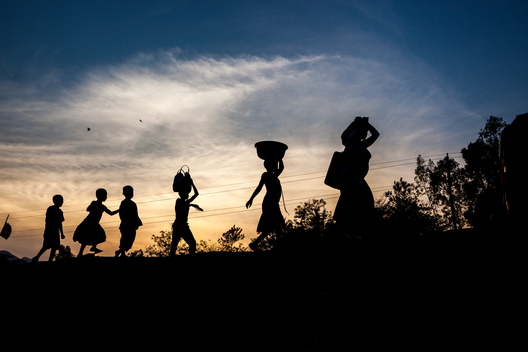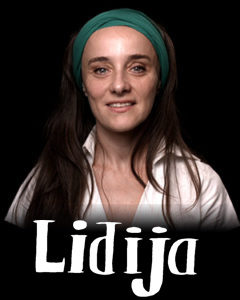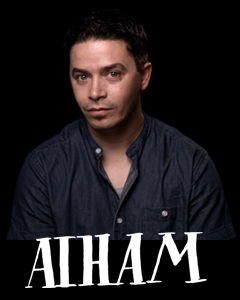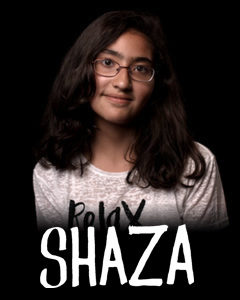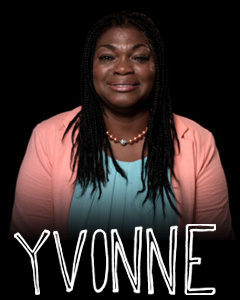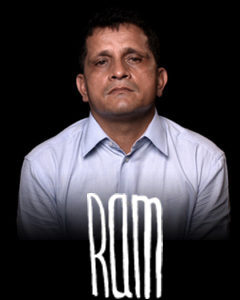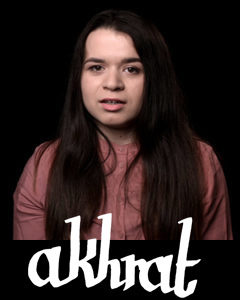Disasters & Conflicts: Europe. Refugees, 2013-current
Driven by the violence of civil wars and terrorism, and attracted by the prospect of a better life, hundreds of thousands of people have since 2013 fled to Europe, mostly from the Middle East and ...
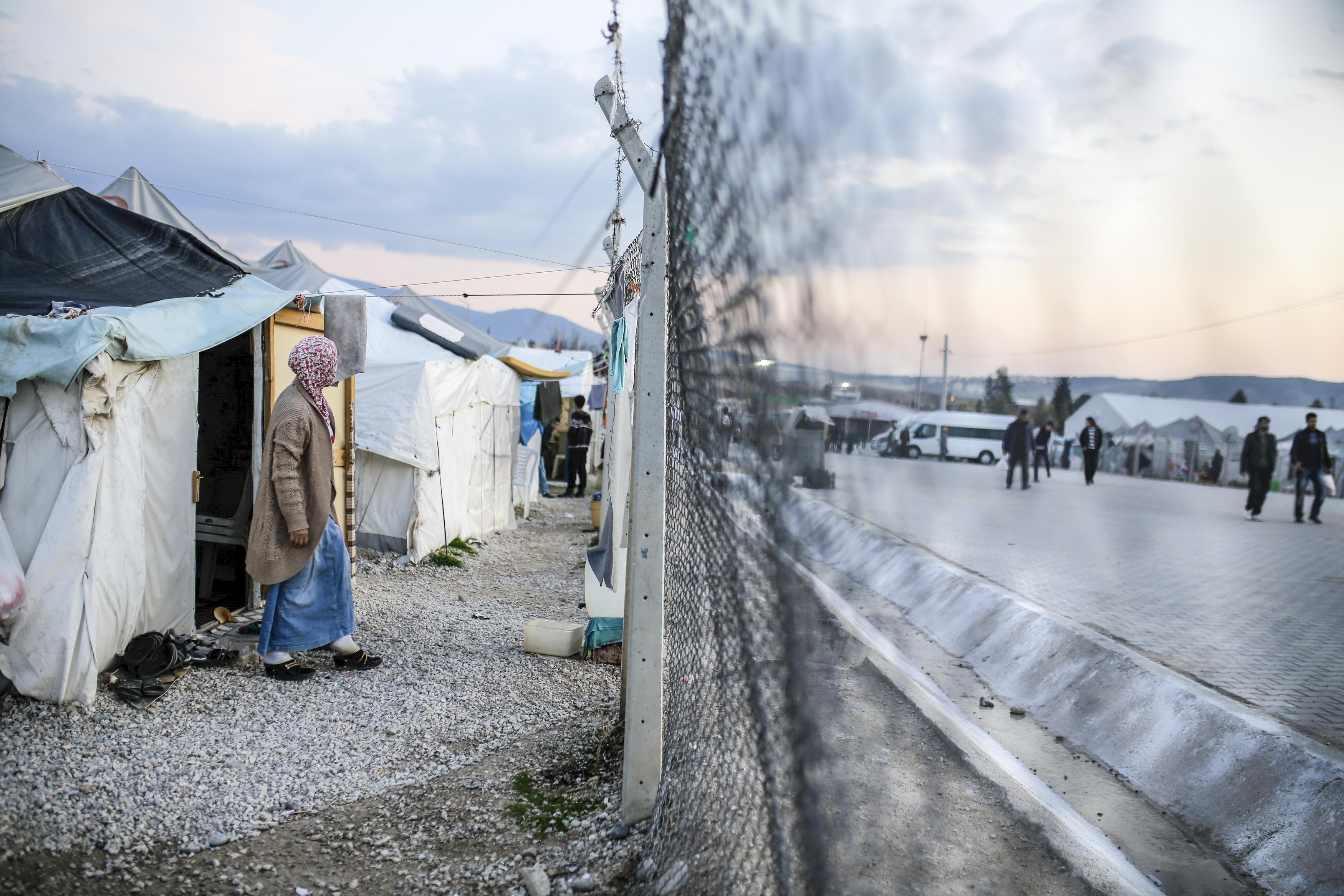
Europe. Refugees, 2013-current
Country: all countries in Europe
Period: 2013-present
Type of crisis: influx of refugees
Crisis: as a result of civil wars in Africa and Asia, more people than ever before are fleeing to Europe, in search of safety and a better life
Parties involved: relief in European Union and Turkey; refugees mostly from Syria, Libya, Eritrea, Sub-Saharan Africa, Afghanistan
Estimated number of victims: 400,000 asylum seekers in the first half of 2015, 2,600 drowned while crossing the Mediterranean Sea
Driven by the violence of civil wars and terrorism, and attracted by the prospect of a better life, hundreds of thousands of people have since 2013 fled to Europe, mostly from the Middle East and Africa. The number of refugees increases further in 2015, especially as a result of violence in Syria. As the land borders around Europe are tightly controlled, few overland routes are possible. That is why most migrants travel by boat across the Mediterranean Sea to Greece or Italy. Many boats sink or capsize, drowning thousands of people.
European governments are wrestling with the issue of the influx of migrants and cannot agree on an approach, which varies from generously welcoming newcomers to strictly keeping them out with fences.
Many migrants choose to travel to Europe by crossing the Mediterranean Sea from Libya. The crossing is fraught with danger. In the first half of this year alone, more than 2,600 people drown when their boats capsize or sink, often because of the unseaworthy condition of the vessels or because the vessels are far too crowded. In some cases, the human traffickers who provide the boats push the refugees overboard in the open sea. The huge numbers of refugees arriving on the Italian island of Lampedusa result in particularly tragic scenes. In addition, the lifeless bodies of drowned refugees frequently wash up on the island. When the three-year-old Syrian boy Aylan Kurdi is washed ashore near the Turkish resort of Bodrum, a photograph of the tragedy is published all over the world. It is only through this picture that people around the world finally seem to have become aware of the situation.


